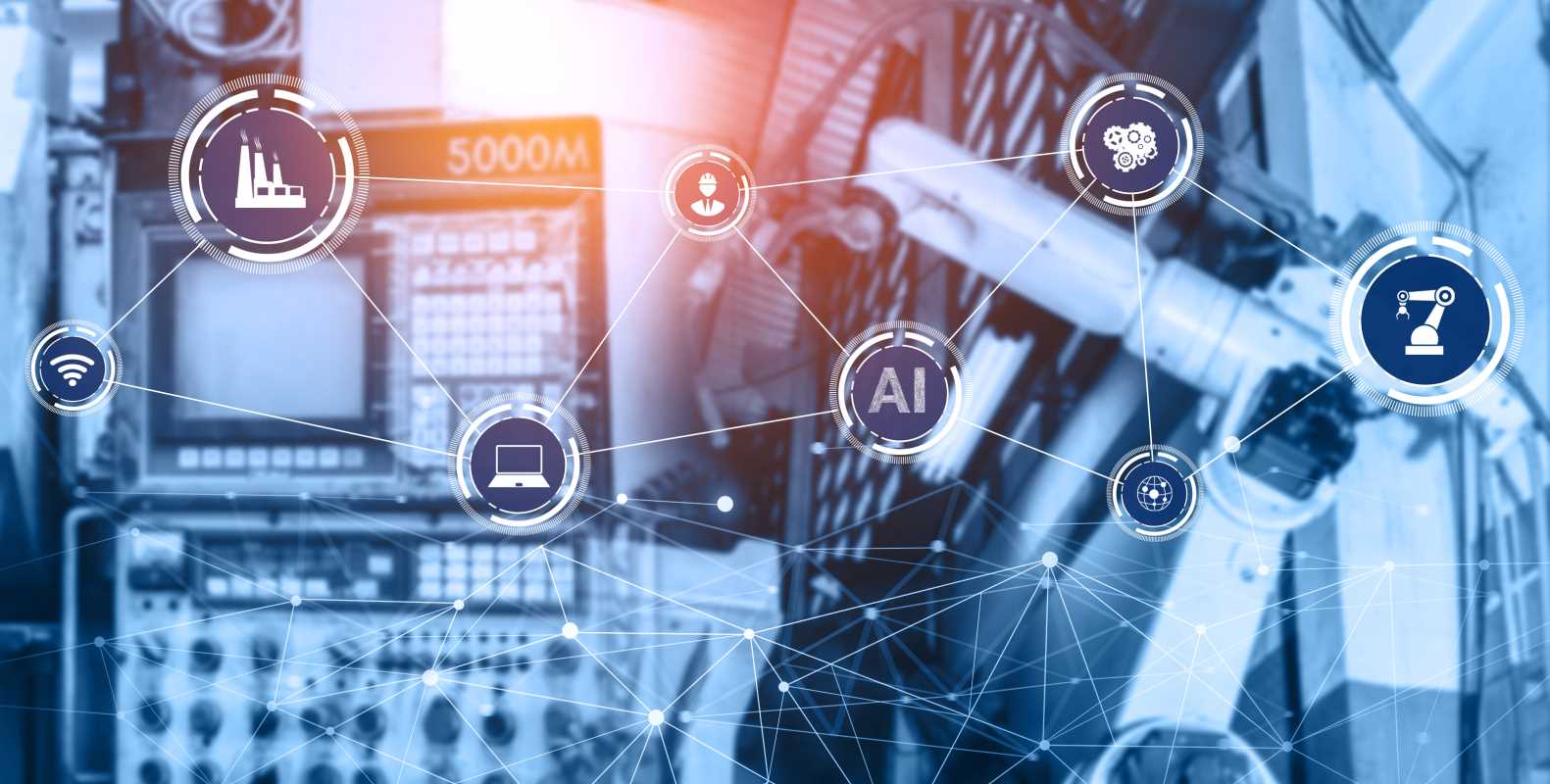Artificial intelligence, often called AI, is becoming an important part of higher education. Colleges and universities are using AI in classrooms to make learning better and more exciting for students. With AI, students can get help that’s just right for them, and teachers can create new ways to teach. Think of it as having a smart assistant that knows what you need to learn and how you learn best. From virtual tutors that answer questions to programs that adjust lessons based on how well students are doing, AI is transforming the way education works. But as helpful as it is, there are also challenges to consider. Let’s explore how AI is shaping the world of higher education.
How AI Is Used in Higher Education
AI is bringing new tools to higher education that are revolutionizing the way students learn. One of the most exciting examples is adaptive learning platforms. These platforms adjust lessons and assignments based on how well a student is doing. If a student is struggling with math, the system can provide extra practice problems or explain the topic in a different way. This makes learning more personalized and ensures no one gets left behind.
Another popular use for AI in education is virtual tutors. These are online systems that can answer questions, explain difficult concepts, or guide students through assignments. Unlike a teacher, virtual tutors are available 24/7, so students can get support whenever they need it. This is especially useful for college students who often study late at night.
AI is also being used in higher education through data analytics. Universities collect a lot of information about students, such as their grades, attendance, and participation in activities. AI analyzes this data to identify patterns and predict student success. If a student is struggling in multiple courses, AI systems can send alerts to advisors or professors, allowing them to step in and help. This proactive approach can make a big difference in keeping students on track.
The Benefits of AI in Education
There are many benefits to using AI in higher education. One major advantage is how it makes personalized learning possible. Every student learns differently. Some like to read textbooks, while others prefer watching videos or doing hands-on projects. AI can figure out these preferences and customize learning materials for each student. This individualized attention can help students learn faster and enjoy the process more.
AI also helps teachers by saving them time and effort. Tasks like grading papers or creating lesson plans can take hours, but AI systems can do this quickly and accurately. Teachers can then focus on more meaningful activities, like helping students understand tricky topics or coming up with creative projects.
Another benefit of AI is inclusivity. Students with disabilities, such as those who are visually impaired or have learning challenges, often find traditional classrooms difficult. AI tools like text-to-speech software or apps that convert notes into visual graphs help make learning easier for everyone. This allows more students to participate fully in their education.
Challenges of AI in Higher Education
While there are many exciting things about AI in education, there are also some challenges to think about. One big concern is cost. AI technology can be expensive to implement, and not all schools have the budget for it. This creates a gap between schools that can afford the latest tools and those that cannot, which might leave some students without access to the benefits of AI.
Privacy is another major issue. AI systems collect a lot of data about students, and there’s always the risk of that data being misused or exposed in a cyberattack. Universities must take steps to protect student information and ensure it’s used only for educational purposes.
Finally, there is the concern that AI might replace human teachers. While AI tools are helpful, they can’t match the emotional support and real-world experience that a teacher provides. A balance needs to be maintained where AI assists but doesn’t take over the classroom entirely.
AI in Action at Universities
Some universities are already using AI in incredible ways. The University of Florida has integrated AI into its courses through an initiative called UF AI. Students can take classes that teach them how AI works while also using AI-powered platforms to learn more effectively.
Arizona State University is another leader in higher education technology. The university uses a virtual assistant named Sunny that helps students with everything from registering for classes to finding campus resources. Sunny is available around the clock, making life easier for busy college students.
At Georgia State University, AI is used to reduce dropout rates. The university employs an AI chatbot to communicate with students and provide guidance. If a student has questions about financial aid or how to choose a major, the chatbot offers immediate help, ensuring that students get the support they need without delays.
What the Future Holds
AI is already changing higher education, but this is just the beginning. New technologies are being developed that could make learning even more interactive and engaging. Virtual reality and augmented reality, powered by AI, might allow students to explore historical events or practice complex medical procedures in a simulated, safe environment.
The goal is to create an education system that supports every student’s individual needs while preparing them for a technology-driven future. However, for this vision to succeed, universities must carefully manage the challenges of AI and use it as a tool to enhance—not replace—the human experience of learning.
A New Chapter in Education
AI is opening up new possibilities for students and teachers, making higher education more accessible, personalized, and efficient. From adaptive platforms to virtual tutors and predictive data, AI offers tools that can help students succeed in ways that weren’t possible before. Although there are challenges to overcome, the advantages of AI in education are hard to ignore. With thoughtful integration, AI has the potential to revolutionize learning for generations to come. The intersection of AI and higher education is not just about technology. It’s about creating opportunities for everyone to reach their full potential. The classroom of the future is here, and it’s powered by AI.







